
All categories
Featured selections
Trade Assurance
Buyer Central
Help Center
Get the app
Become a supplier

(1034 products available)




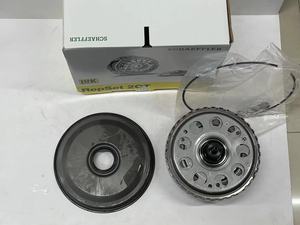



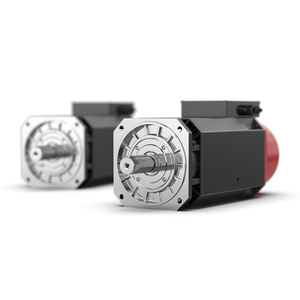



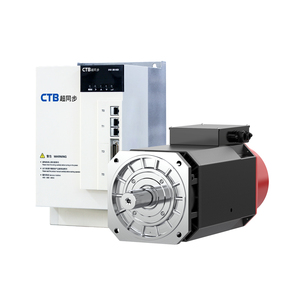









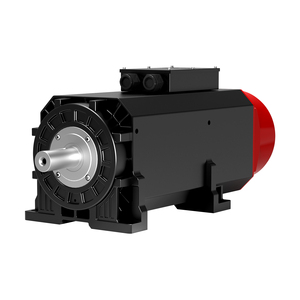











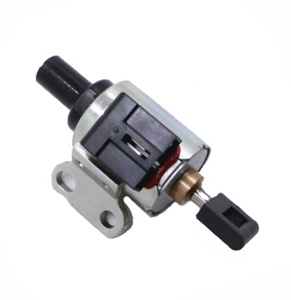



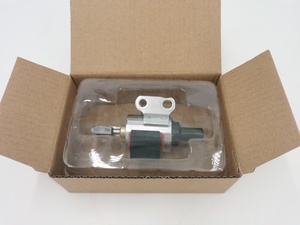

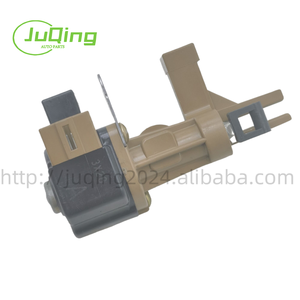
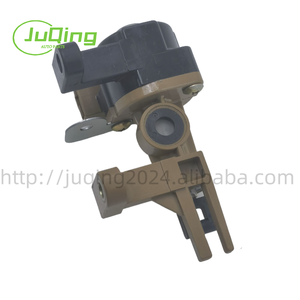


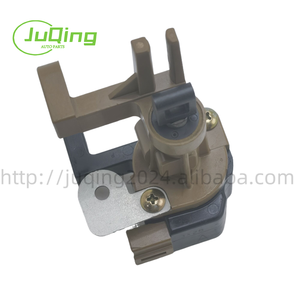
Automobile manufacturers use various types of step motor cvt for different vehicles, making each drivetrain more efficient than the last. The following are the main types, each of which serves a different purpose.
Electric vehicles employ the ideo of an electronically controlled variable transmission. This type of step motor continuously changes the gear ratio to enhance performance, depending on the acceleration and load.
This step motor cvts use battery packs, electric motors, power control units, and complex gear systems to drive vehicles. Their major attraction is that they eliminate gear shifting, resulting in smooth acceleration. Vehicles that use E-CVTs include hybrid and electric cars like the Toyota Prius.
Several vehicles, including agricultural and off-road trucks, employ this type of CVT, characterized by the use of hydraulic fluid to control the belts or chains that transfer power through the system.
Hydraulic CVTs are on heavy-duty vehicles. The system helps control the torque and power required by these vehicles. Most of these vehicles operate under great pressure, and hence, high durability is a must with these types of CVTs.
This is the simplest kind of CVT. The chief characteristic of mechanical step motor CVT is that it uses pulleys and belts or chains to attain variable transmission ratios. The pulleys' diameter changes either mechanically, electrically, or hydraulically, hence modifying the tension on the belt or chain.
Internal combustion vehicles like scooters and some low-power cars mainly employ mechanical CVTs. The mechanical CVTs offer a production, inexpensive drive solution for light and moderate duty applications. However, they are less efficient than electric or hydraulic versions, mainly because they are suited for less demanding tasks.
This CVT doubles the distance covered in an internal combustion engine by using two pulleys with variable diameters and a belt or chain in between. The two pulleys' diameter variations help adjust the gear ratio, thus allowing the engine to operate at the most optimal speeds for different road conditions.
Most Variable-pitch Pulley CVTs are common in light-duty applications, such as small cars, scooters, and some power tools. These systems are easy to install, operate, and maintain, costing less than other sophisticated CVTs. However, they have limited efficiency and durability, making them unsuitable for heavy-duty tasks.
Several factors serve to enhance the durability of stepper motor cvt systems that feature variable transmissions. These factors include the materials they employ, the design choices they make, and the operating principles they apply.
The materials used in the construction of step motors CVTs are selected for high strength and resistance to wear and thermal damage. Commonly employed materials include steel, aluminum, reinforced polymers, and specialty alloys. While steel and aluminum provide good strength and resistance to wear, reinforced polymers are lightweight and corrosion-resistant, making them ideal for specific applications. Thermal-resistant materials are also a must for critical applications to reduce chances of material breakdown due to frictional heat.
In terms of design, the step motor cvts are maximally designed to facilitate efficient power transfer while minimizing mechanical losses. Features like tensioners, guides, and friction control mechanisms help reduce wear on pulleys and belts or chains. Sophisticated CVTs employ advanced sensors and control systems to ensure optimal transmission ratios and, thus, minimal stress on components.
Maintenance is another aspect that contributes to the durability of these systems. CVTs are designed for heavy applications and feature routinely replaceable filters, adjustable tensioners, and easily serviceable lubricants to enhance lifetime and reliability.
Also, many modern step motor cvts are equipped with smart control strategies that help minimize wear by optimizing gear ratios according to real-time load and driving conditions. This is especially useful in off-road or agricultural vehicles exposed to varying terrains and heavy loads.
Finally, CVT durability generally improves by operationally enclosing the system in protective housings, thus preventing the entry of debris, moisture, and other environmental elements into the system, which might damage it.
Variable transmission systems have adapted to suit automobile manufacturers' widely diverging needs. The following are the practical applications of these CVTs, highlighting their advantages in various driving circumstances.
E-CVTs are widely used in urban driving because they allow smooth stop-and-go traffic, which is essential for this driving style. Electric vehicles utilize this transmission to modulate the vehicle's speed without shifting gears, therefore providing smooth and more comfortable rides in city traffic.
Hydraulic CVTs are a common feature in off-road vehicles like tractors, bulldozers, and ATVs. These vehicles frequently operate under intense stress and varying loads. Therefore, a hydraulic CVT's capacity for torque multiplication and smooth power transfer makes it a decent option for off-road driving.
Vehicles incorporating hydraulic CVTs are widely used in heavy-duty applications such as construction and mining machinery. In such situations, the need for high torque and durability is critical, as the CVTs provide smooth power transfer without overwhelming the engine or transmission.
Variable transmission is preferred in vehicles requiring high fuel efficiency, such as hybrids and small scooters. Mechanical and electric CVTs can continuously adjust the gear ratio to allow the engine to operate at its most efficient speed, thus saving fuel.
Variable transmission systems are frequently used in handheld power tools like drills, saws, and sanders. These tools require varying speeds and torque, thus qualifying a mechanical CVT to ensure the tool operates efficiently under different load conditions.
Variable Motor step CVTs find applications in the aerospace and biomedical industries, where precision and control are required. In these industries, electric CVTs are employed to achieve the desired results as they allow fine control over speed and torque, crucial in these sensitive applications.
Several factors come into play when selecting the vehicle parts and accessories version. These factors include the application of interest, the type of vehicle, and desired performance and flexibility. The following is a guide on choosing the right step motor CVT.
CVTs have different applications across vehicle types. For electric and hybrid vehicles, E-CVTs are suitable for urban driving, where smooth acceleration with no gear shifting is required. However, mechanical CVTs are more suited for light-duty vehicles like scooters, where the demand is not so high.
The driving environment plays a crucial role in choosing the CVT. For off-road or agricultural conditions, hydraulic CVTs are preferred due to their high torque, durability, and smooth power transfer. They are ideal in situations where the vehicle encounters varying loads and harsh terrains, as these CVTs can handle the pressure.
Variable transmissions are excellent in fuel efficiency and should be considered in this area. Electric and mechanical CVTs can optimize engine speed for maximum efficiency, thus consuming less fuel. This is particularly important for hybrid cars that rely on fuel and electric power.
Choose an electric E-CVT controlled by a computer system if one requires precision in torque and speed. These CVTs are especially useful in industries like aerospace and medicine, where minute control is mandatory. E-CVTs can continuously adjust the gear ratio to keep the engine or motor operating within its most efficient range.
Mechanical CVTs are less sophisticated and, therefore, less expensive than electric and hydraulic CVTs. Therefore, if cost is less of a factor and there is a need for a reliable system for low to moderate applications, a mechanical CVT is economically justifiable. However, electric and hydraulic CVTs are more expensive but offer higher efficiency and better performance in complex applications.
A. The main advantages of step motor CVT include smoother operation, better fuel efficiency, and reduced mechanical wear. The smoother operation is due to the absence of traditional gear shifts, which can be felt in most automatic transmissions. Better fuel efficiency results from continuously varying the gear ratio to keep the engine at its optimal operating point. Finally, reduced mechanical wear means less maintenance in the long run, given that such systems are electronically controlled.
A. Most modern step motor CVTs are low-maintenance systems. How often the fluids should be changed and other necessary maintenance depend on the specific application and manufacturer recommendations. It's vital to consult the user manual for the precise vehicle in question to help with this information. Nonetheless, regular inspections of belts, pulleys, and fluid levels are critical in extending the life of the system.
A. Unlike traditional automatic transmissions, which have set gear ratios and involve shifting mechanisms, stepper motor CVTs provide a seamless transition between gear ratios. This means that instead of feeling shifts as the vehicle changes gears, the CVT continuously adjusts the ratio, resulting in a smoother, more efficient ride. While traditional automatics may offer better performance in certain situations, the fuel efficiency and drive comfort of CVTs make them attractive for many applications.
Q4. The stepper motor in the CVT controls the tension and position of the pulleys, thereby varying the gear ratio. This electronic control allows the CVT to optimize performance in real-time, depending on driving conditions, load, and speed. The stepper motor's precision helps ensure smoother operation and improved fuel efficiency.
Q5. While step-motor CVTs are primarily designed for light to medium-duty applications, some hydraulic CVTs can handle heavy-duty conditions. The suitability of a step motor CVT for specific applications depends on factors like torque, load, and environmental conditions. Therefore, consult with the manufacturer to determine the applicability of the step motor CVT in a given condition.